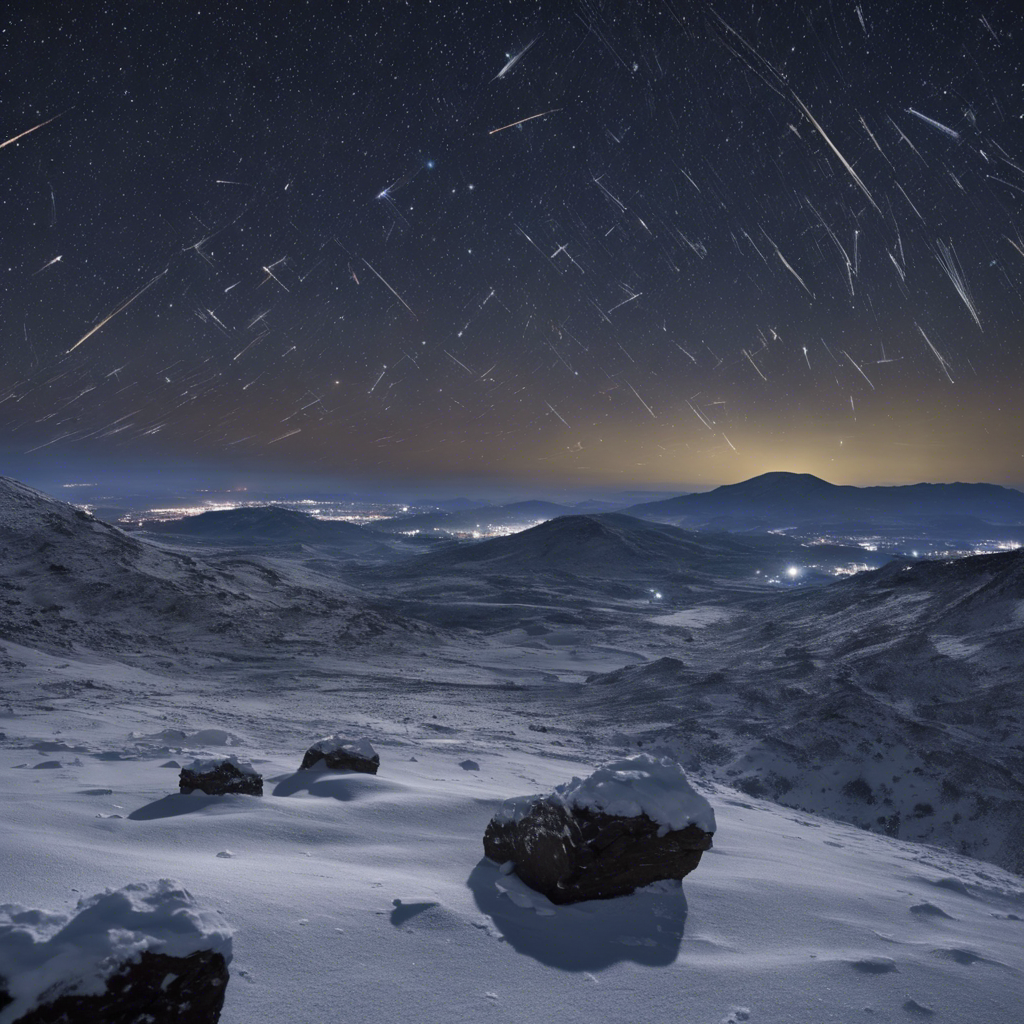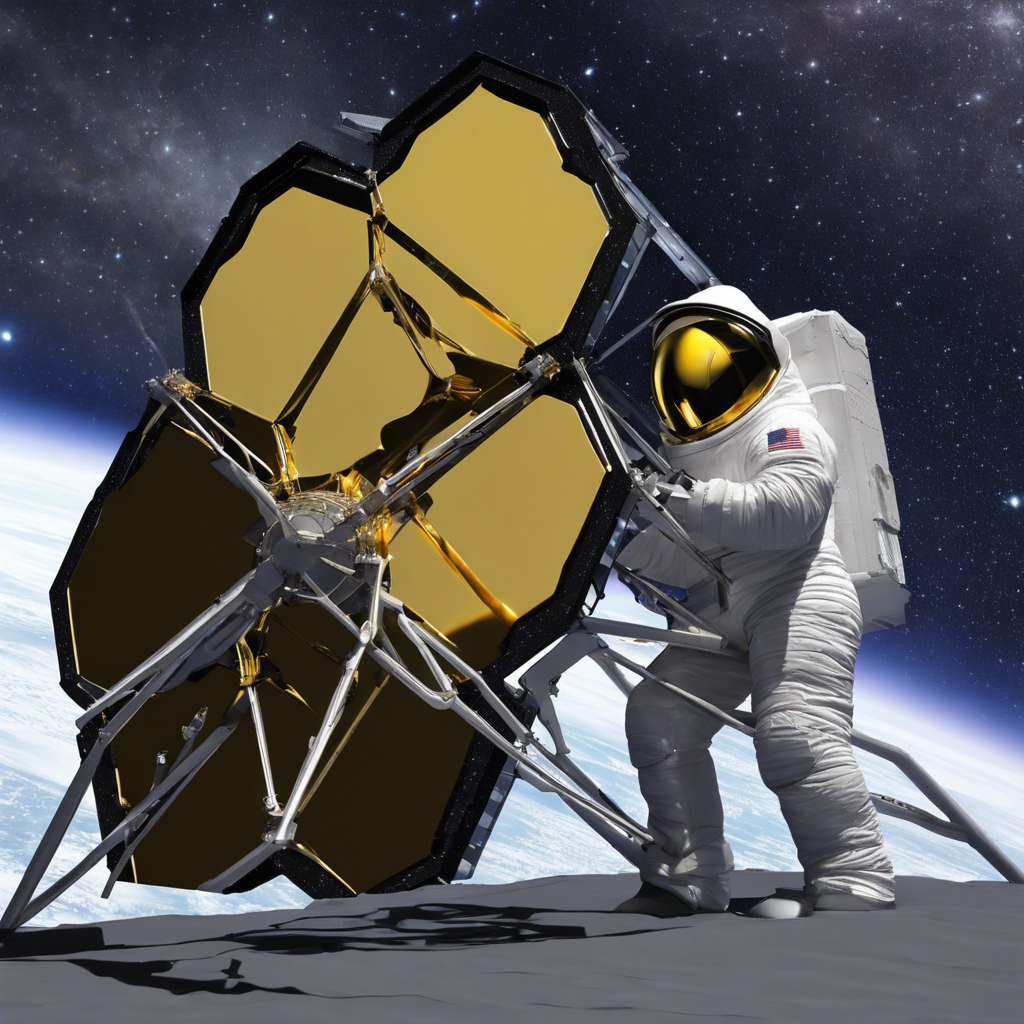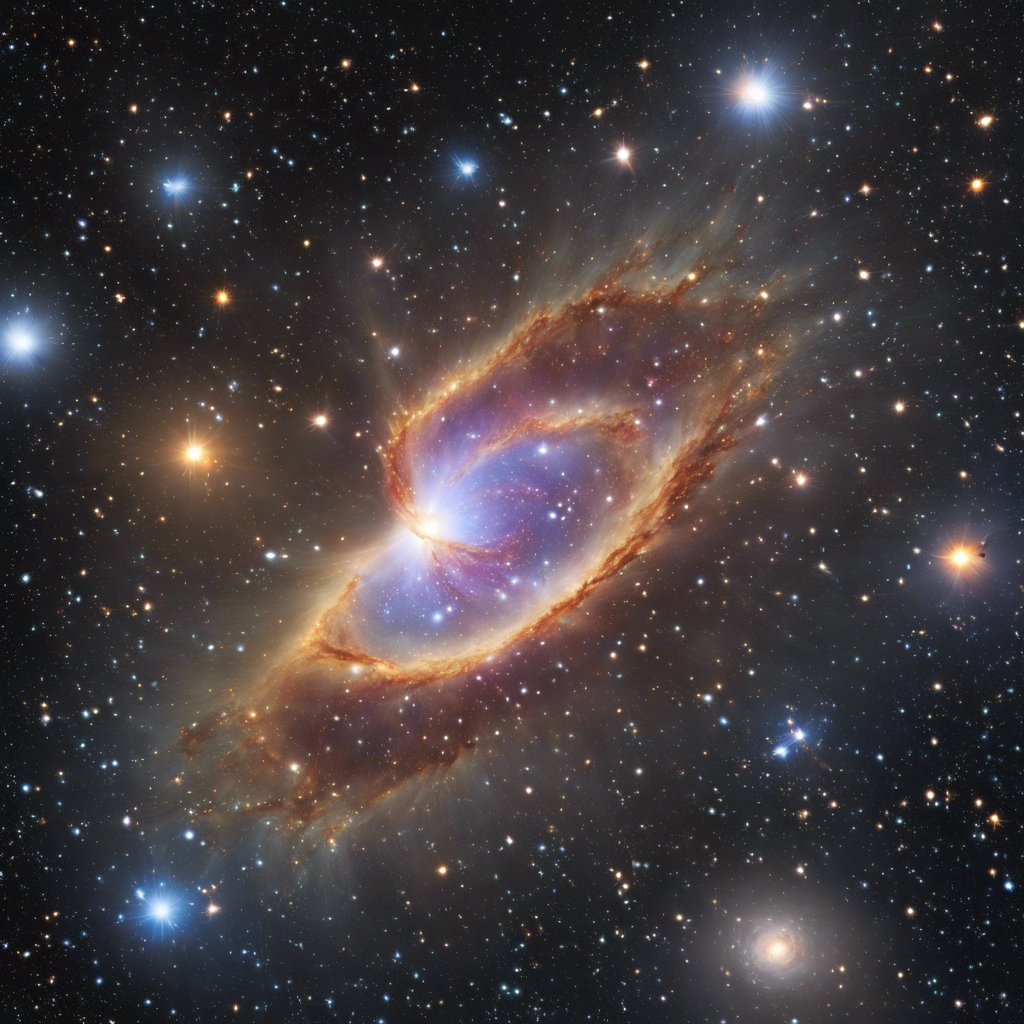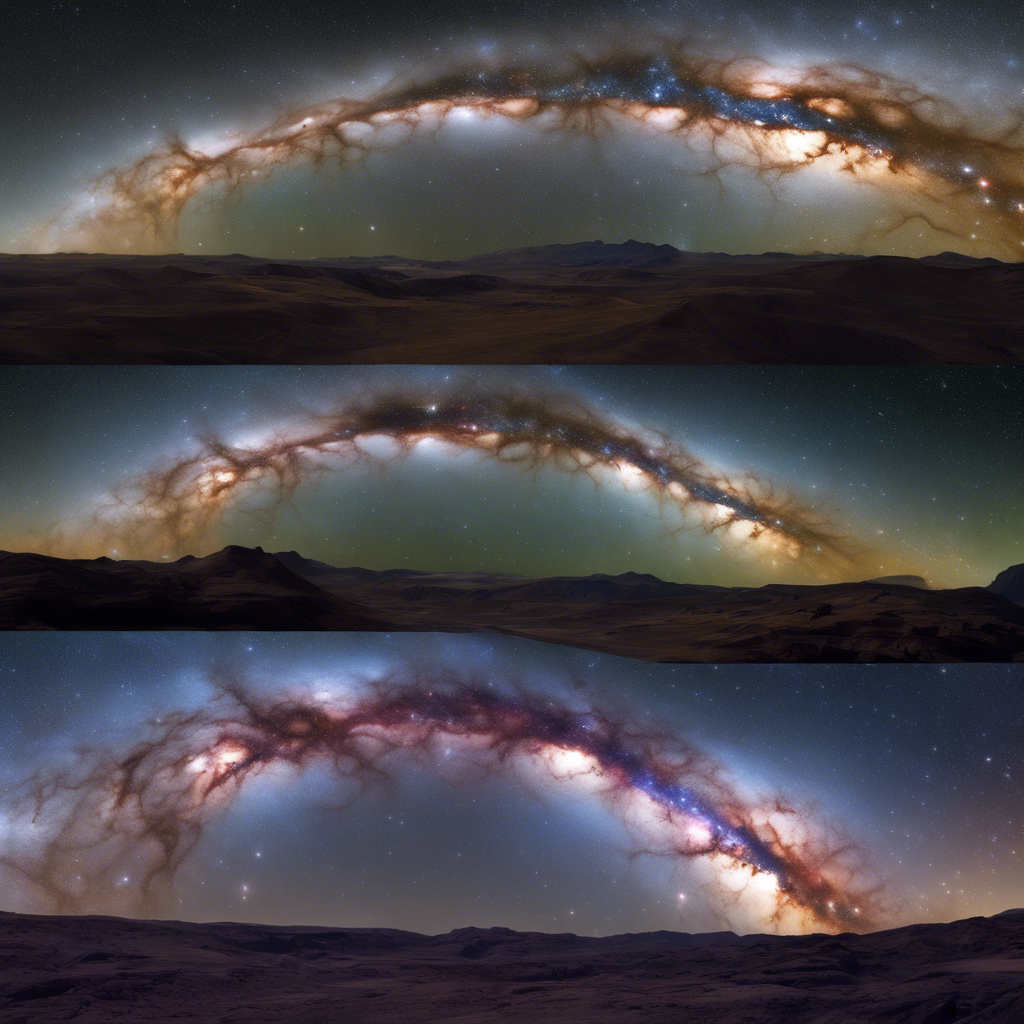The biggest meteor shower of 2023 is about to peak with shooting stars raining down from the heavens—one of the last astronomy events of its kind until the end of April.
As the year comes to a close, there is still one more major astronomical event that is set to captivate stargazers around the world. The Geminid meteor shower, known as the best meteor shower of the year, is about to peak on the night of Wednesday, December 13, into the early morning of Thursday, December 14. With the promise of over 100 meteors per hour, this dazzling display in the night sky is not to be missed.
A Shower of Shooting Stars
The Geminid meteor shower is renowned for its abundance of shooting stars. In dark areas, observers can expect to count more than 100 meteors per hour, with reports in recent years of hourly rates briefly climbing as high as 150 per hour. Even those in areas with light pollution may still be able to witness a higher number of shooting stars compared to other meteor showers throughout the year.
Early Night Display
One unique aspect of the Geminids is that they can be seen earlier in the night compared to other major meteor showers. While most meteor showers can only be observed during the second half of the night, the Geminids provide good activity prior to midnight. This makes it an ideal event for younger stargazers, especially since it peaks on a school night. As the night progresses, the frequency of meteors is expected to increase, surpassing 100 per hour after midnight.
Ideal Viewing Conditions
This year, the Geminids offer excellent viewing conditions as the moon will not hinder observers. In contrast, next year’s peak will coincide with a nearly full moon, which will wash out all but the brightest meteors. However, cloudy conditions may pose a challenge for some onlookers this year, particularly in regions across North America. AccuWeather forecasters warn of disruptive clouds in certain areas, emphasizing the fickle December weather that can make viewing the Geminids a challenge.
Cloud Forecast for Wednesday Night
Cloudy conditions are expected for more than half of the United States, including the Gulf Coast states, the southern Plains, most of the West Coast, and nearly all of New England. Canada and portions of Mexico may also experience clouds. The best viewing conditions are anticipated across a stripe from the northern Plains to the mid-Atlantic, as well as most of the interior Southwest. Some breaks in the clouds may allow stargazers in the Midwest, Rocky Mountains, and Canadian Prairies to catch a glimpse of the celestial light show.
Future Meteor Showers
While the Geminids mark the grand finale of meteor showers for 2023, there are still two smaller meteor showers predicted to peak in the coming weeks. The Ursids, featuring five to ten meteors per hour, will occur on the night of Thursday, December 21, into the early hours of Friday, December 22. The Quadrantids, with over 25 shooting stars per hour, will peak on the third night of 2024. However, this short-lived event lasts for only around six hours, making it challenging to view. The next moderate meteor shower, the Lyrids, will not occur until late April in spring.
Conclusion:
The Geminid meteor shower offers a breathtaking spectacle of shooting stars, with over 100 meteors per hour illuminating the night sky. Its early night display and favorable viewing conditions make it an ideal event for stargazers of all ages. While cloudy conditions may hinder visibility in some regions, there are still opportunities for observers to witness this celestial phenomenon. As the year comes to a close, the Geminids remind us of the beauty and wonder of the universe, leaving us eagerly anticipating the next meteor shower in the months to come.











